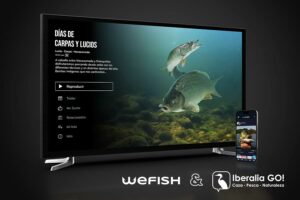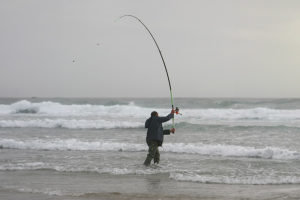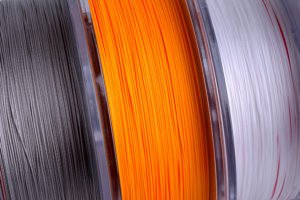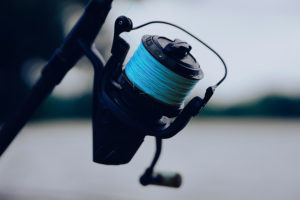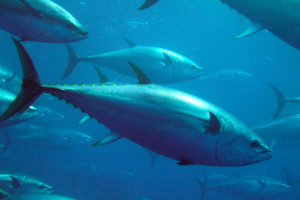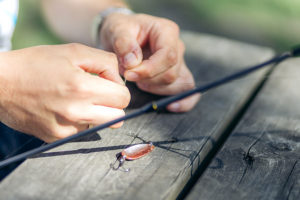TOP 5 – Técnicas de pesca
¿Quieres saber qué técnicas de pesca son las que triunfan en la comunidad de WeFish? Hoy te traemos las técnicas de pesca favoritas por nuestros usuarios, para ello nos hemos basado en el número de capturas conseguidas con cada una de ellas. Si quieres descubrir información detallada sobre alguna modalidad en concreto, estáte atento a nuestro blog.

Spinning
La modalidad estrella es sin duda la pesca a Spinning o lance ligero, contando con más de 10 mil capturas en total por parte de los usuarios. Esta se puede realizar tanto en agua dulce como salada y se basa en el movimiento realizado con la caña para engañar a las presas y en el uso de señuelos artificiales. Es por ello que desata tanta pasión entre los pescadores, gracias a su dinamismo y a esa capacidad que requiere para imitar los movimientos del pez y conseguir así la captura.
Las especies que se suelen capturar con este tipo de pesca son los jureles, lubinas, serviolas, etc.
El material necesario variará en función del tipo de Spinning, ligero o semipesado, pero por norma general podemos seguir las siguientes recomendaciones:
- La caña deberá ser de un material ligero (carbono por ejemplo) y flexible para que se adapte al movimiento, además es preciso un rango de acción potente. Estas cañas tienen las anillas hacia abajo, para las que utilizaremos un carrete de bobina fija (carrete de spinning) y de material ligero a poder ser.
- Con los señuelos lo ideal es llevar un pequeño surtido de ellos, destacando los de superficie, poppers o paseantes entre otros. Y el sedal debe ser resistente pero también flexible para evitar desgarres, siendo muy recomendable el trenzado.
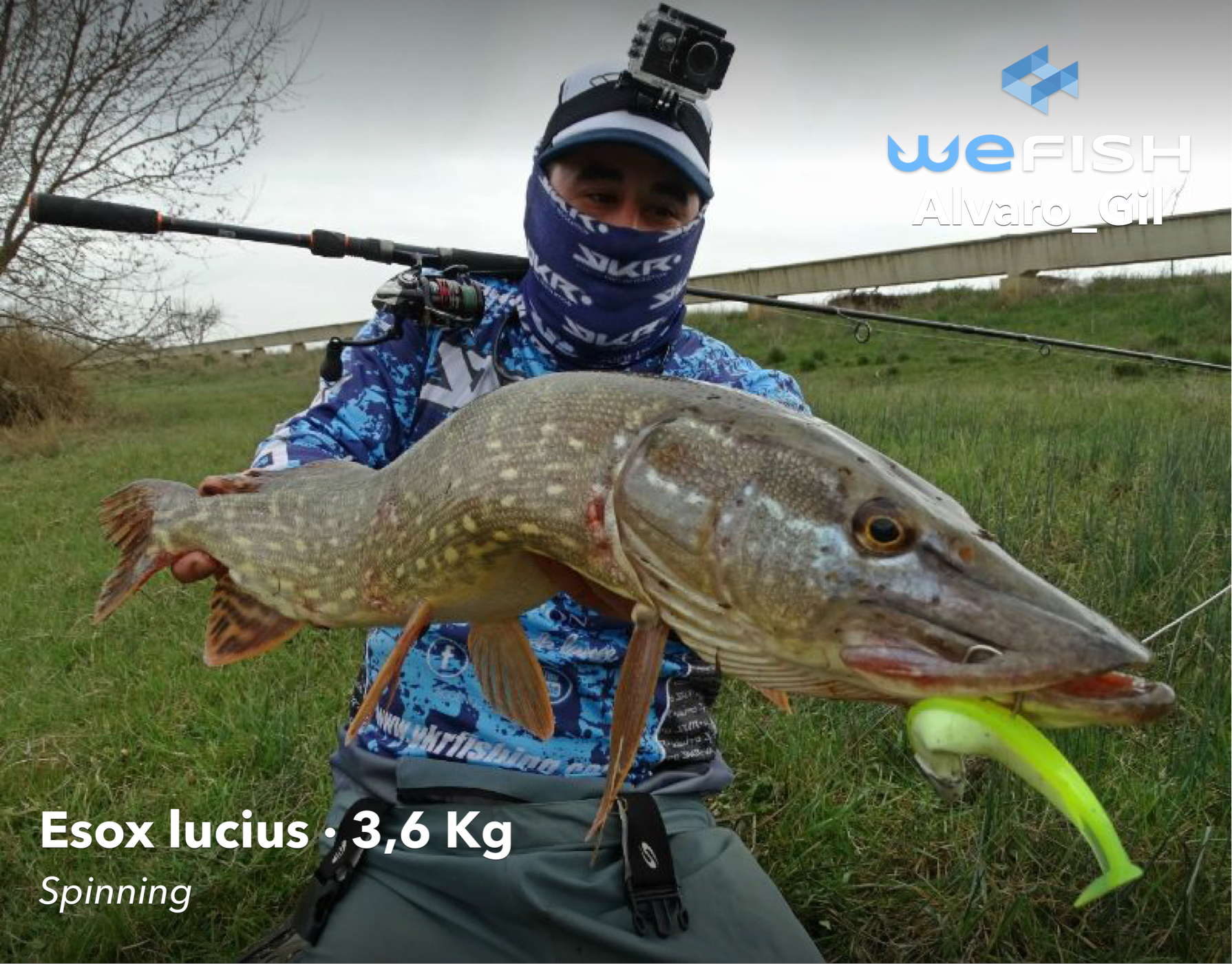
Casting
Otra de las preferidas dentro de las técnicas de pesca es el Casting (pesca al lance), mediante la cual se han conseguido unas 75o0 capturas en WeFish. Esta técnica es más tranquila pero a su vez requiere de toda la atención de nuestros pescadores. Entre sus puntos fuertes destacan la precisión de lance y una gran suavidad, aunque claro está, estas se irá consiguiendo con la práctica y experiencia.
Son muchas las especies que se pueden pescar con esta modalidad, siendo muy comunes el black bass o el lucio.
En cuanto al material, las cañas, al contrario que las de spinning, tienen las anillas hacia arriba y además son más pequeñas lo que aporta mayor sensibilidad. Para estas se utilizan carretes de bobina giratoria (carretes de casting).
Son recomendables los señuelos pesados o que opongan resistencia, como las Spinnerbaits.
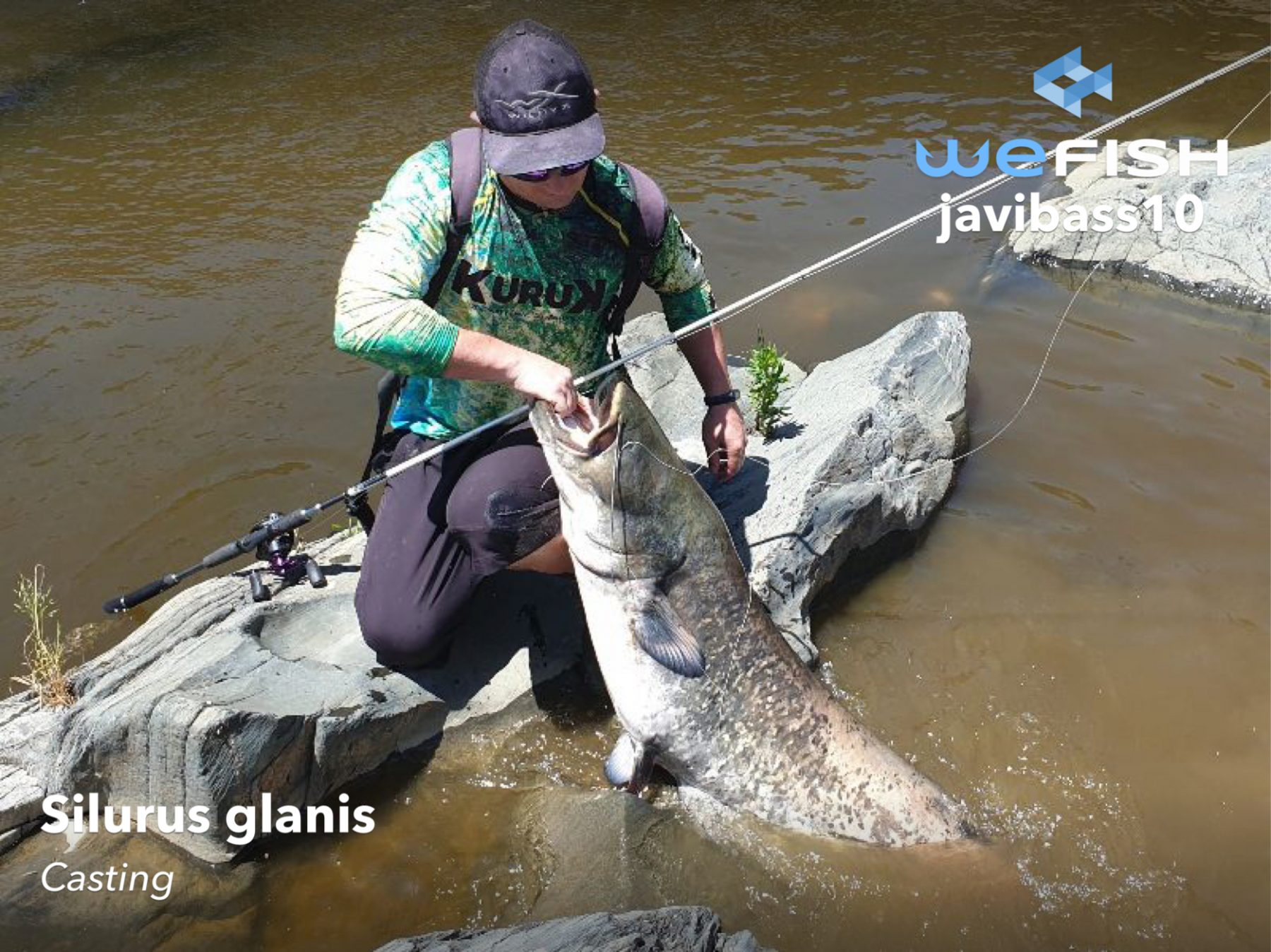
Eging
El tercer puesto lo ocupa la pesca al Eging, que es una de las más empleadas para capturar cefalópodos. Esta modalidad procedente de Japón va ganando mucha popularidad, llegando a sustituir al spinning, técnica que se solía usar a la hora de pescar cefalópodos.
Se trata de una técnica divertida y dinámica en la que se emplean movimientos de zigzag para capturar una de las especies más abundantes en todo el mundo: los calamares (además de otros cefalópodos). Se puede practicar tanto en la costa como en una embarcación, preferiblemente en las zonas más profundas, como fondos de rocas y algas.
En cuanto al material recomendamos cañas muy ligeras y flexibles ya que se tratará de movimientos rápidos. Carretes ligeros y no muy potentes, similares a los de Spinning. Los señuelos que se utilizan son los famosos egis, jibioneras o pajaritos, que si los elegimos de colores llamativos atraerán más a nuestras presas. Finalmente, el sedal más recomendable es el de hilo trenzado.
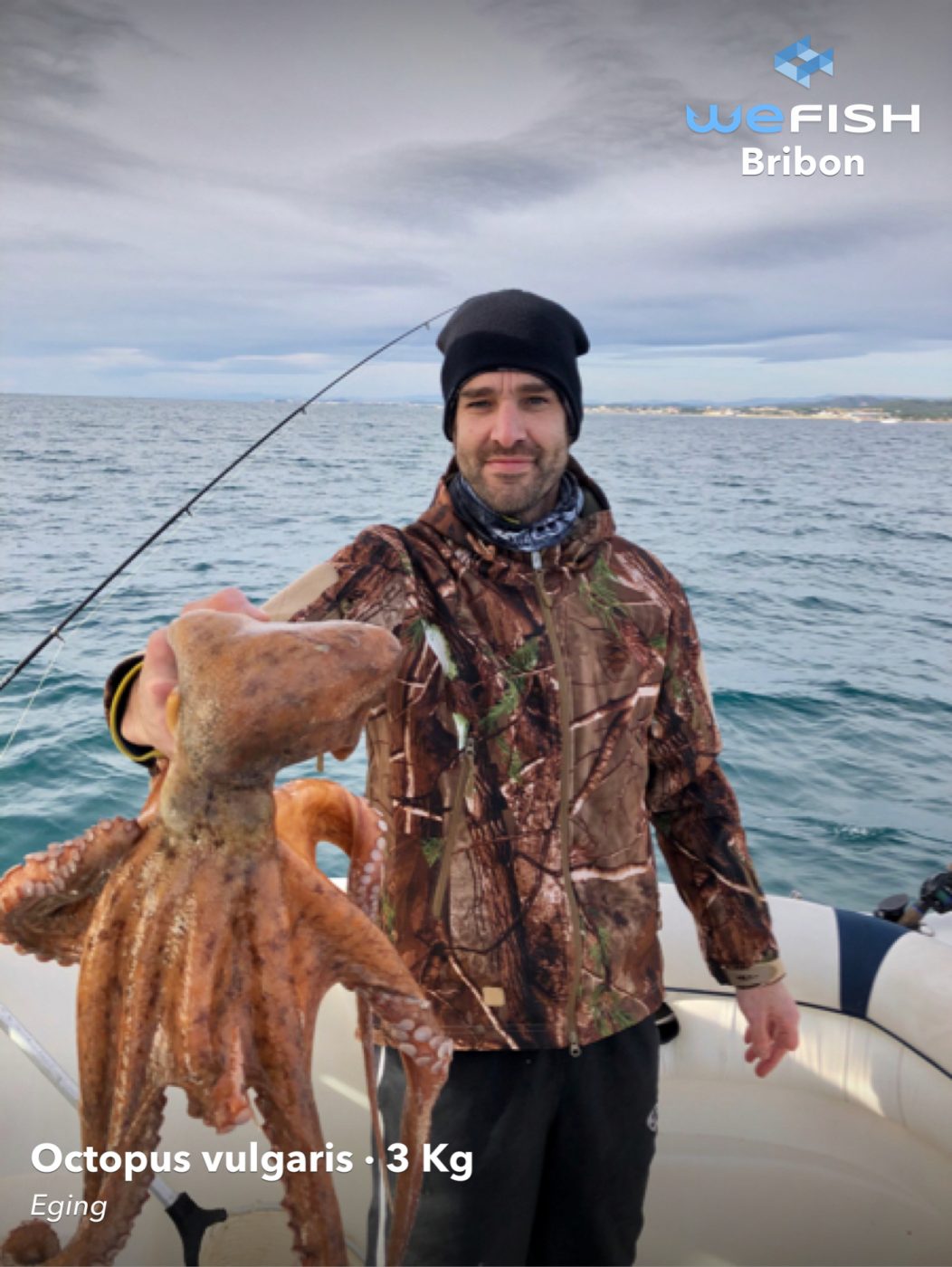
Rockfishing
Con un número de capturas muy similar al eging, e importada del mismo país, encontramos la técnica de Rockfishing. Se utiliza para capturar presas pequeñas en zonas rocosas como su propio nombre indica, ya sea desembocaduras, acantilados, espigones…
La atención es primordial para este estilo de pesca ultra ligero que nos puede permitir capturar gran variedad de especies, como son el bass, la trucha o los ciprínedos si hablamos de agua dulce. Caballas, sardinillas o palometas en caso de agua salada.
El equipo debe ser muy ligero, ya sea uno de spinning ligero o uno específico para rockfishing. Además debe ser resistente teniendo en cuenta que estará en contacto con las rocas. La caña debe ser fina (de spinning o de surfcasting vienen bien). En cuanto el hilo se suele emplear el trenzado. Los señuelos que se van a usar en esta modalidad deben ser muy pequeños, pero también cabe la posibilidad de utilizar cebos vivos.
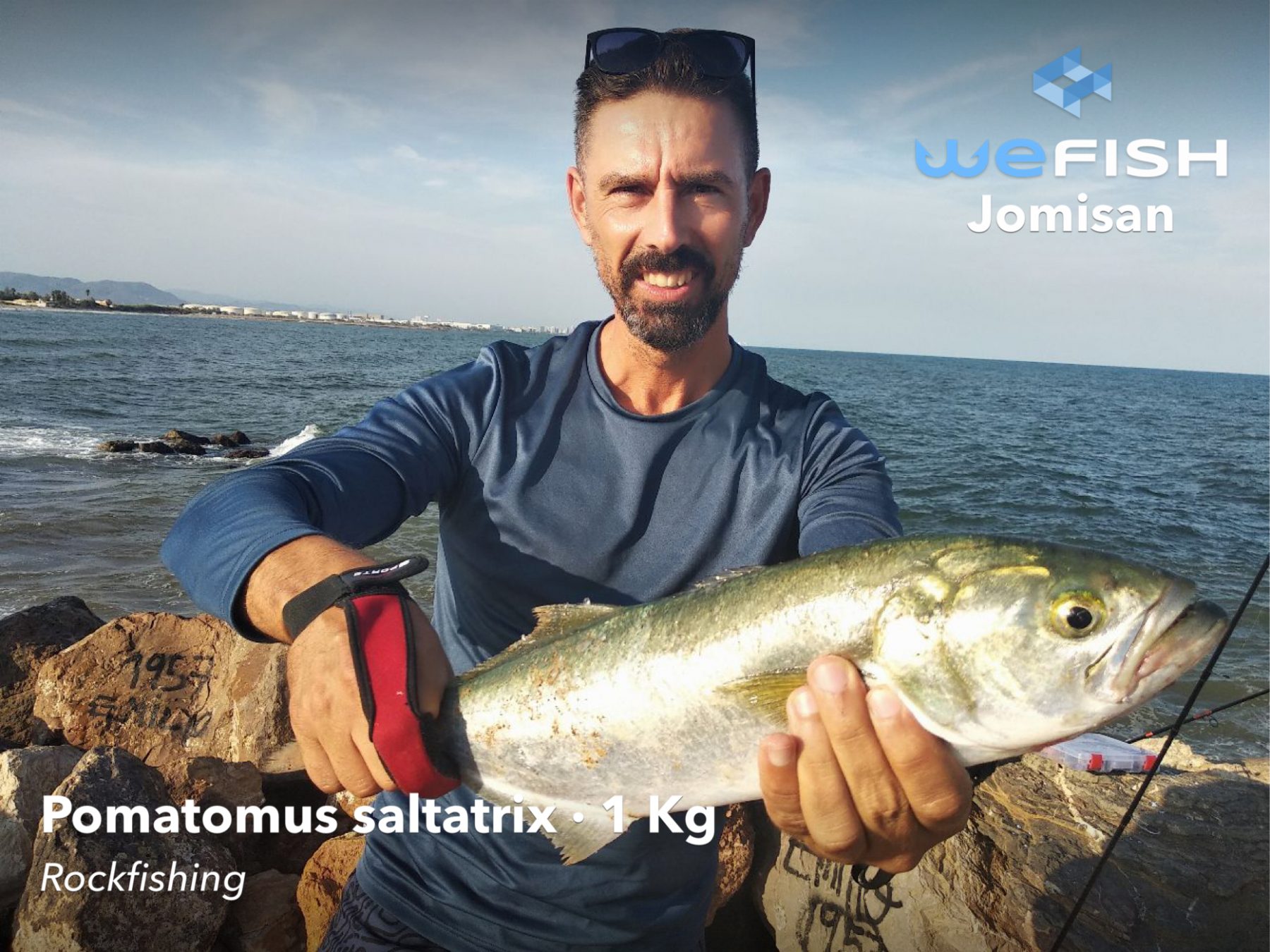
Surfcasting
Por último, pero con una gran popularidad si hablamos de agua salada, tenemos la pesca a Surfcasting. Esta modalidad de pesca significa literalmente ´lance sobre las olas´, es decir, se realiza en la costa, desde la orilla de la playa y en arenales. Aunque gracias al entorno se considere un tipo de pesca relajante, también puede resultar dura y agotadora por el gran esfuerzo físico que requiere.
Las condiciones meteorológicas deben tenerse en cuenta antes de lanzar la caña al mar, será preferible que el viento sea ligero, por lo que la pesca se complica en las zonas con más viento como el norte de España. También nos conviene que existan corrientes marinas.
Las especies más comunes que se capturan con esta modalidad son la lubina, el sargo o la dorada, esta última suele tardar más en picar el anzuelo.
En cuanto al material debemos usar dos cañas iguales (largas a poder ser), y aunque exista gran variedad de tamaños y materiales, las típicas son las de tres tramos enchufables. Además tendremos que usar dos carretes iguales que tengan una gran bobina preferiblemente, ya que los lances de surfcasting son de gran distancia.
También necesitamos un sedal robusto pero flexible, plomos y cebos vivos, como las típicas lombrices.
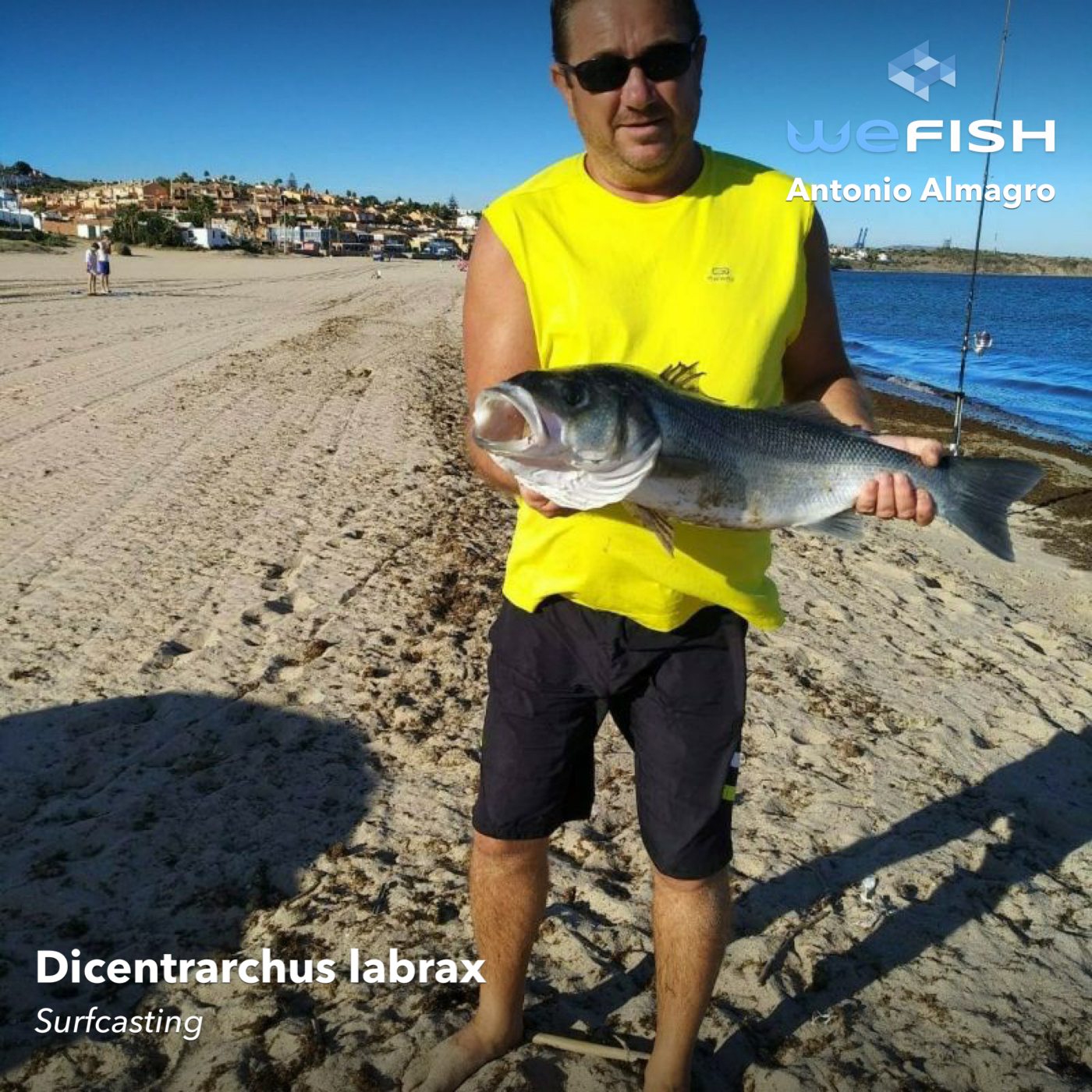
Técnicas de pesca: Conclusión
Parece que la pelea por el trono se disputa entre Spinning y Casting, pero las técnicas japonesas van ganando mucho terreno en el mundo de la pesca. Tampoco podemos olvidarnos del Surfcasting, una modalidad con la que muchos pescadores se han estrenado y que triunfa en las costas.
Estas son las técnicas de pesca que más capturas suelen conseguir en WeFish. Hay tanta variedad que es difícil escoger una favorita, ¿cuál es la tuya?



